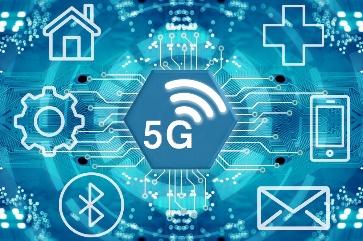
Yes, one of the key features of 5G technology is its significantly lower latency compared to previous generations of mobile networks.
Latency refers to the time it takes for data to travel from the source to the destination and back again, often measured in milliseconds (ms).







Here are some important points about 5G latency:
Reduced Latency: 5G networks are designed to achieve latencies as low as 1 millisecond (ms), compared to around 30-50 ms for 4G LTE networks. This lower latency enables real-time communication and enhances user experiences for various applications.
Improved Performance for Applications: The reduced latency is particularly beneficial for applications that require immediate responsiveness, such as online gaming, augmented reality (AR), virtual reality (VR), and autonomous vehicles.
Support for IoT: Lower latency improves the performance of Internet of Things (IoT) devices, allowing them to communicate more effectively and efficiently, which is crucial for applications such as smart cities and industrial automation.
Enhanced Streaming and Interaction: Real-time streaming of videos and interactive applications can be more seamless with lower latency, making for better overall user experiences.
Network Slicing: 5G networks can utilize network slicing to offer different latency levels for different applications. For example, a slice could be created specifically for critical applications requiring low latency, while another might be for standard web browsing.
Overall, the lower latency of 5G is a transformative feature that opens up new possibilities for a wide range of technologies and applications, further pushing the capabilities of mobile connectivity.


Leave a Reply